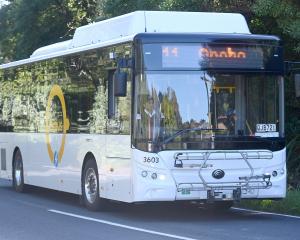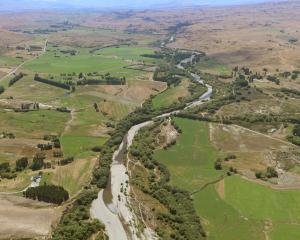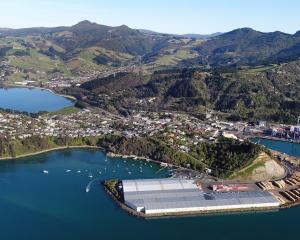While the water quality at swimming sites around coastal Otago has improved, some recreational spots on rivers still showed signs of bacteria several times during summer.
The Otago Regional Council monitors 13 sites - five at beaches and eight on rivers - during the summer months, testing for the bacteria E. coli in fresh water and E. cocci in salt water.
These strains indicate the presence of faecal material and disease-causing bacteria.
The recreational water quality annual monitoring survey, from December 2011 to March 2012, showed Otago's coastal water was good at most beaches.
None of the five sites hit the "action" level of the national guidelines where the water posed an unacceptable risk, while last summer, all of the sites monitored failed the guidelines on at least one occasion.
However, five of the eight river sites monitored exceeded the "action" level.
The Taieri River at Waipiata exceeded the guideline five times and the Manuherikia at Galloway and Kakanui at Clifton four times each.
The Waikouaiti River at Bucklands and Taieri River at Outram exceeded the guideline on only one occasion.
Of the 27 times the freshwater sites exceeded the action level, 12 coincided with about 8mm of rainfall on the three days before sampling.
"Rainfall causes bacteria to be washed into rivers and streams via urban and agricultural run-off, and also stirs up bacteria attached to streambed sediment."
Compared to last summer, eight sites were more compliant, one site was less compliant and three sites remained in the same category.
Toxic algae was also widespread in the Silver Stream, Kakanui, Shag and Waianakarua rivers during the summer.












